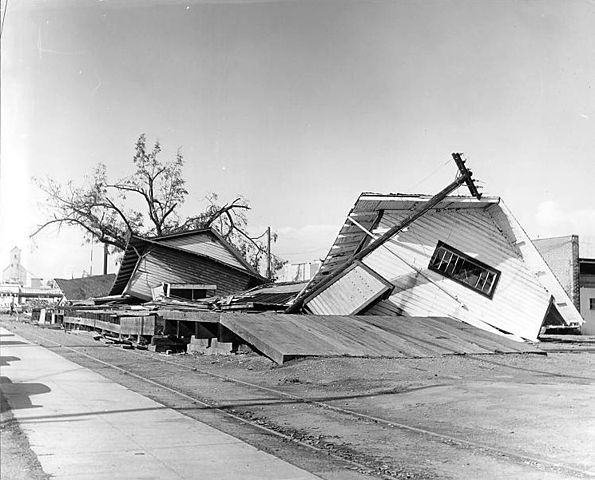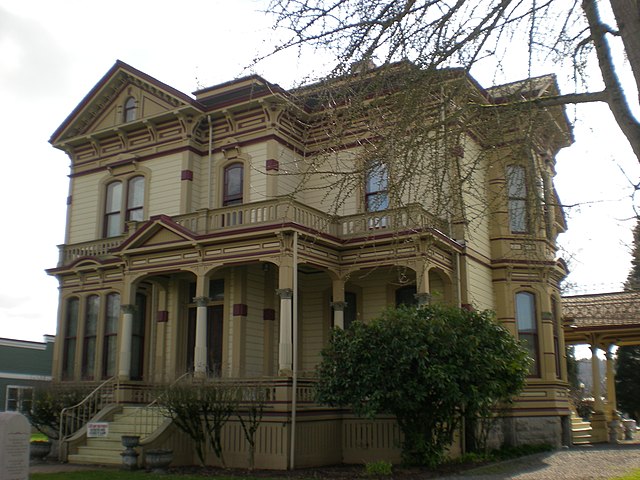Washington State had a rocky road to confirming the right of women to vote. Seattle founding father Arthur Denny tried to convince the territorial legislature in 1854, but the measure lost by a narrow margin. The lawmakers rallied, however, and passed another measure some years later, only to have a territorial court shoot it down! Because “woman’s suffrage” was not specifically included in the title of the law, the court reasoned, the male legislators might not have realized what they were approving. Undaunted, they changed the title and passed the measure again. Women voted in Washington Territory beginning in 1883. Unfortunately, another legal challenge upended the law, and fears that the federal government would find women voting so offensive it would never give the territory statehood kept the idea out of the state constitution in 1889. By the turn of the twentieth century, suffragists in Washington State were entirely disheartened.
Enter Emma Smith DeVoe. Born in Roseville, Illinois, in 1848, she had supported woman’s suffrage since the day she heard Susan B. Anthony speak. She was only eight at the time. Since then, she’d campaigned for women’s rights in Dakota Territory (although women couldn’t vote there until 1918), Idaho Territory (where she helped win the right in 1896), and Oregon State (where the first measure lost, with women winning the vote in 1912). She had also helped with campaigns in another 25 territories and states. When she moved to Tacoma with her husband in 1905, she promptly set to work on campaigning in Washington.
There were, apparently, several philosophies among the suffragists. One group held that large rallies and sit-ins were the order of the day. Others, notably in England, went so far as to smash windows on abandoned buildings to draw attention to their cause. The ladylike Emma was certain there was a more effective way. By being good-natured and cheerful, women might persuade their male counterparts one-on-one. Her goal was to have women ask every voter in the state to support the suffrage movement. She also sent out postcards and put up posters. She even published a cook book, with Votes for Women on the back cover. When the National American Woman Suffrage Association met in Seattle in 1909, she organized a “Suffrage Special” train, with notable ladies giving speeches from the rear platform at stops along the way. That same year, Seattle hosted the Alaska-Yukon-Pacific Exposition, and she set up a Suffrage Day. That was when a group of suffragists climbed Mt. Rainier to raise awareness of the cause.In 1910, the all-male Washington State legislature voted by nearly two-thirds to extend the vote to women, 10 years before the nation would follow suit. Emma had a little something to do with that too. For her work in the state as well as at the national level, she was inducted into the National Women’s Hall of Fame in 2000. She died in 1927, at the age of 79, in her lovely home near me.
And if you’d like to read about a fictional Washington State pioneer, you might want to grab an ebook copy of The Perfect Mail-Order Bride, on sale for the first time this week for only 99 cents.When a beautiful mail-order bride jilts her groom on the way to meet him, her plainer sister Ada Williamson decides to continue the journey and tell him the truth. Yet one look at Thomas “Scout” Rankin, and the truth never comes out. Thomas can buy anything he wants, including the perfect mail-order bride. But past betrayals left him wary, so he notices Ada is not what she claims. When a stranger tries to take advantage of Ada’s secret, and his, can they discover the truth, about their enemy, about their pasts, and about the love they both yearn to share?
Reading is My Superpower called it “swoony, sweet, and full of heart.”
Available
Amazon (affiliate link)














































